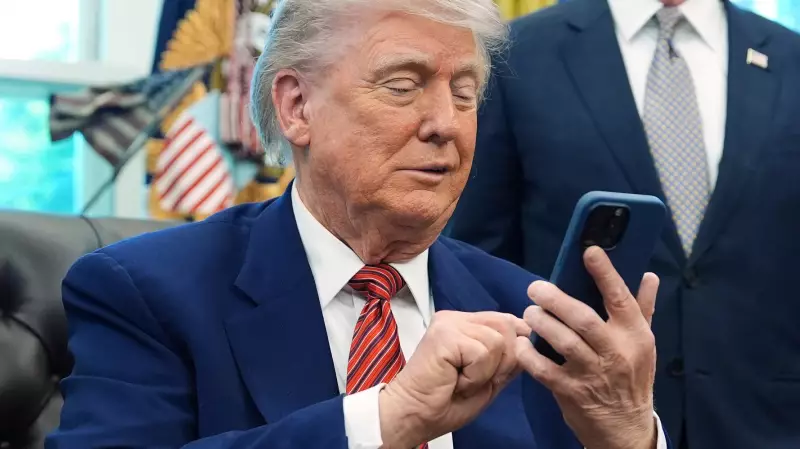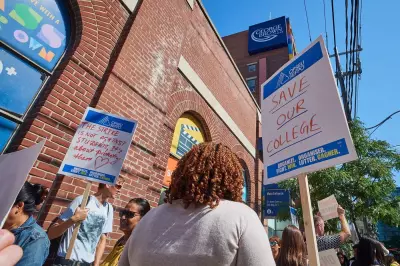
In a late-night social media outburst, former President Donald Trump expressed significant anxiety over an impending Supreme Court decision that could dismantle key pillars of his trade war, warning the financial consequences would be catastrophic for the United States.
Escalating Financial Warnings
Trump took to Truth Social to voice his concerns, dramatically increasing his estimate of the potential cost. He now claims that reversing the tariffs he implemented would result in a staggering $3 trillion loss for the country. This marks a sudden increase of $1 trillion from his previous day's estimate of a $2 trillion loss, though he provided no explanation for the revised figure.
The former president insisted that the Supreme Court has been given "the wrong numbers" and framed the potential reversal as a devastating event. "It would not be possible to ever make up for that kind of a 'drubbing,'" he wrote in the early hours of Tuesday. He described it as an "insurmountable National Security Event" that could be "devastating to the future of our Country - Possibly non-sustainable!"
The Legal Challenge and Its Stakes
The source of Trump's apprehension stems from a Supreme Court hearing last week, where justices appeared deeply skeptical about the legal foundation of his tariff agenda. The central question is whether a president possesses the authority to impose sweeping import taxes without congressional approval under the 1977 International Emergency Economic Powers Act.
A ruling in this landmark case is expected early next year. However, trade experts suggest that even an unfavourable ruling may not completely halt Trump's protectionist measures. They indicate he could potentially return to the legal powers he utilized during his first term or explore other authorities at his disposal.
The Real-World Impact of Tariffs
Tariffs have become the cornerstone of Trump's foreign policy in his second term, with double-digit "reciprocal" tariffs imposed on most trading partners. He has justified these measures by declaring America's persistent trade deficits a national emergency.
The scale of this policy shift is profound. When Trump returned to office in January, the average U.S. tariff rate was a modest 2.5%. According to an analysis by Yale University's Budget Lab, that figure has since skyrocketed to 17.9%, a level not seen since the protectionist era of the 1930s.
While Trump has recently promoted the idea that each American will receive at least $2,000 from tariff revenues, the mechanics of such a direct payment remain unclear. Meanwhile, the economic reality for consumers is more immediate. The duties are actively contributing to rising U.S. grocery prices, with common household items like coffee, bananas, sugar, and seafood among the hardest hit, illustrating the direct cost of the trade war on everyday life.





